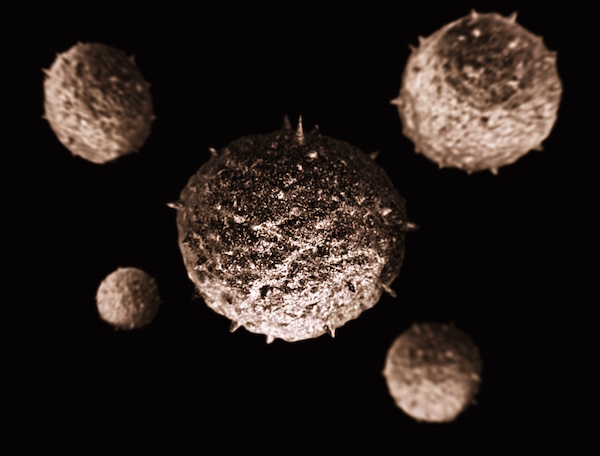
THURSDAY, April 1 (HealthDay News) — Scientists have identified a mechanism by which certain tumor cells that become resistant to cancer drugs can later lose that resistance.
The discovery may lead to new ways to combat drug resistance in cancer patients, said the authors of the new study, published online April 1 in the journal Cell.
Although the existence of these drug-resistant cells has been common knowledge, scientists “now understand a little bit better how those cells work so they can attack them,” said Robert Clarke, a professor of oncology and physiology and biophysics at the Georgetown Lombardi Comprehensive Cancer Center in Washington, D.C.
Study senior author Jeffrey Settleman, scientific director of the Massachusetts General Hospital Cancer Center and professor of medicine at Harvard Medical School, said: “One of the big problems with cancer drug therapy is acquired drug resistance. Most treatments, even ones that work, fail over time because tumors become drug-resistant. It’s been largely assumed, and in some cases even demonstrated, that random gene changes confer a lot of that resistance.”
But some tumors become susceptible to the cancer drugs after a “drug holiday,” indicating that other mechanisms are at play.
“There’s a population of cells that’s resistant but the resistance is not necessarily maintained forever,” Clarke noted.
“This suggests that the resistance is not genetic but could be reversible,” added Settleman.
Using models of drug-resistant cells, the study authors found a subpopulation of tumor cells that managed to escape the effects of cancer drugs even when given at levels 100 times greater than those that would kill most cells.
The authors tested a number of different drugs, including gefitinib (Iressa), which is used to treat lung cancer, and lapatinib {Tykerb), used to treat breast cancer. Most of the drugs were provided for free by their manufacturers.
“We always found a small population of cells resistant to treatment and arising at significantly high frequency, [so] we thought it can’t be genetic. The numbers just didn’t make sense,” Settleman said.
But the cells, once removed from the “drugged” environment, gave rise to a new generation of cells that were again susceptible to the drug therapies.
“Cells could randomly acquire and relinquish that drug-tolerance quality at low frequency so that any cell could potentially become drug-tolerant for a period of time, then surrender that ability,” Settleman explained. This may be a way for the cells to survive as a group, with individual cells “compromising something for the good of the population,” he stated.
An enzyme that changes chromatin, part of the structure of chromosomes, is necessary for a cell to develop tolerance. Although there are no drugs that can inhibit this enzyme, compounds that blocked a group of related enzymes did manage to kill off the drug-resistant cells, the researchers said.
“We discovered that there are inhibitors of certain chromatin-modifying enzymes that can actually selectively kill drug-tolerant cells,” Settleman said. “That’s where the therapeutic opportunity comes in. We showed that when you combine one of the chromatin-modifying enzyme inhibitors with [a drug] that treats most of the cells, you can wipe out most of the population.”
The researchers are now starting a trial to combine an enzyme inhibitor with a lung cancer drug to see if they can prevent the development of resistance.
More information
Learn more about cancer drug resistance at Emory University.

